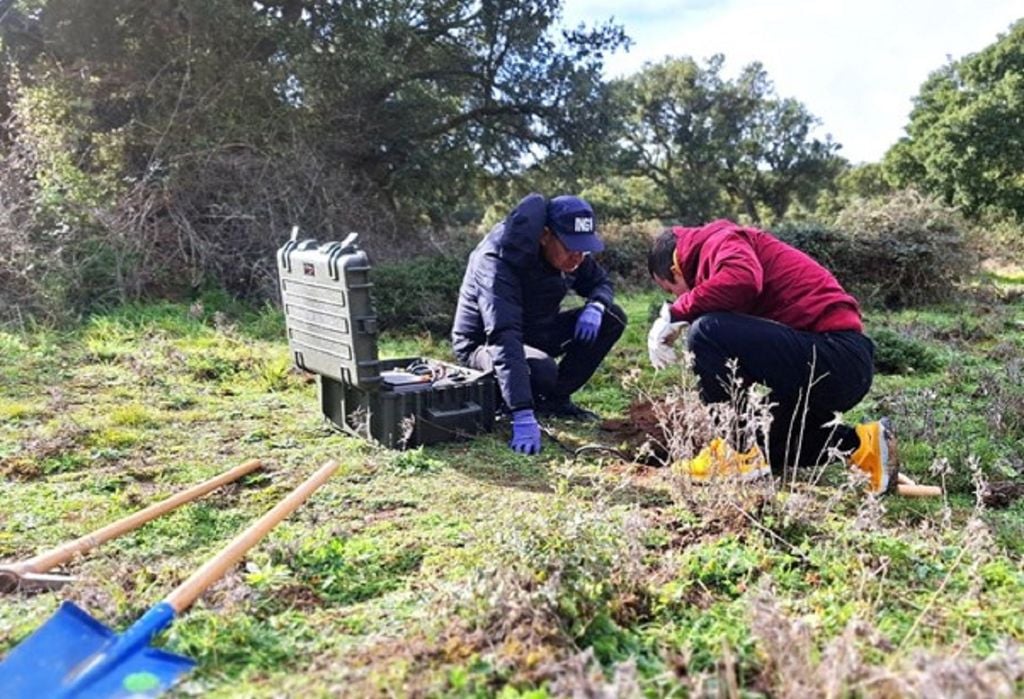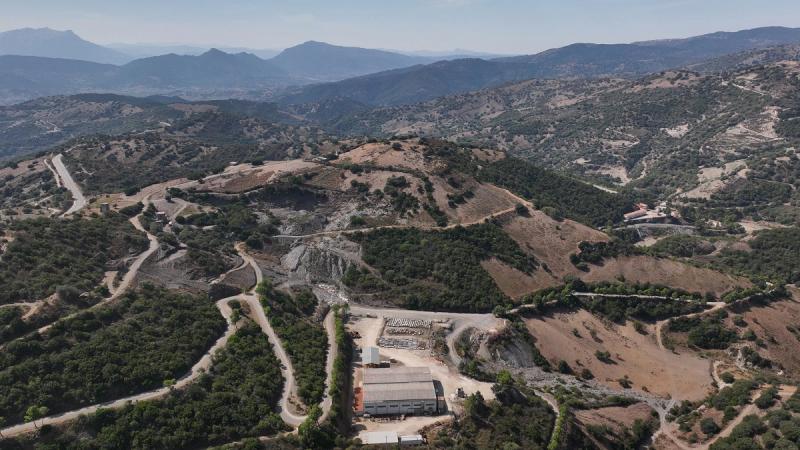Imagine an island that stands motionless, surrounded by a sea that never stops moving. This is the unique landscape of Sardinia, one of the most geologically stable regions in Europe, yet at the same time bathed by a Mediterranean Sea in constant tectonic turmoil. An island that seems to be an oasis of tranquility in a constantly changing marine environment. This perfect balance between stability and motion makes it an ideal location for the installation of such an extraordinary infrastructure as theEinstein Telescope, the future observatory intended to collect very faint cosmic signals from space.
The Einstein Telescope (ET) is a project to detect gravitational waves, phenomena that are extremely difficult to detect because of their incredibly low intensity. To pick up these signals, which can tell the story of the birth and evolution of the universe, requires an environment free of seismic vibrations. And it is with this in mind that Sardinia, with its particular geological quietness, looms as one of the perfect locations to host this state-of-the-art instrument. The site that seems to be the most promising to host the Einstein Telescope is that of Sos Enattos, between the towns of Lula and Bitti, in the province of Nuoro. A currently disused mine that could become the starting point for a new era of physics and astrophysics.
Two key experiments are currently taking place in the Sos Enattos area to assess the geological compatibility of the site with the needs of the Einstein Telescope. These studies are conducted by theNational Institute of Geophysics and Volcanology (INGV) with the aim of analyzing the deep nature of the Sardinian subsurface and the seismic silence that characterizes the island. But what are the details of these experiments? Let’s take a closer look at them.

First experiment: a 3D map of the subsurface of Sos Enattos
The first of the ongoing experiments involves the creation of a detailed three-dimensional map of the subsurface of Sos Enattos. Using advanced geophysical imaging technologies, researchers are exploring the two main tunnels of the former mine, trying to map every detail, from faults to underground cavities, with pinpoint accuracy. Each feature is being examined to understand its density and stability, factors that are crucial to ensuring the safety and soundness of the structure that will house the telescope.
The importance of this experiment lies in the fact that the geological stability of the site must be guaranteed for the present, but also for decades to come. A stable ground is, in fact, essential to prevent any discontinuities in the subsurface from affecting the operation of the telescope. In addition, this experiment provides an “x-ray” of the subsurface, which is essential for the design of a major infrastructure such as the Einstein Telescope.
But it is not simply a geological experiment. Sos Enattos is proving to be a natural laboratory where different areas of science come together for a common goal: to ensure that the future facility can function optimally, without outside interference. The data collected are essential for design not only from a geological point of view, but also in terms of safety.

Second experiment: seismic noise and its mapping
The second experiment focuses on “seismic noise,” which can interfere with the Einstein Telescope’s sensitive instruments. A few kilometers from the mine, in the town of Bitti, another group of researchers is mapping ambient noise through a network of 17 broadband seismometers. These instruments can detect vibrations even 200 meters deep and feature an innovative spiral configuration designed to record even the smallest oscillations in the subsurface.
Seismic “noise” consists of vibrations that come from both natural phenomena, such as wind and groundwater movement, and human activities, such as traffic and industries. Although these vibrations may seem insignificant at first glance, they are capable of interfering with the Einstein Telescope’s precision sensors. The goal of this experiment is to create a map of ambient noise in the area and identify any sources of disturbance that could compromise the quality of the data collected by the instrument.
Ongoing experiments are critical to determine whether Sos Enattos may indeed represent the ideal site for the Einstein Telescope. As is now well known, Sardinia is distinguished by its ability to offer an extremely quiet environment, where seismic vibrations are at a minimum, unlike other regions of the Mediterranean. And it is precisely this characteristic that could give the Sos Enattos area the trump card, not only for the Einstein Telescope project, but also for future scientific installations that require a particularly quiet and disturbance-free environment.
